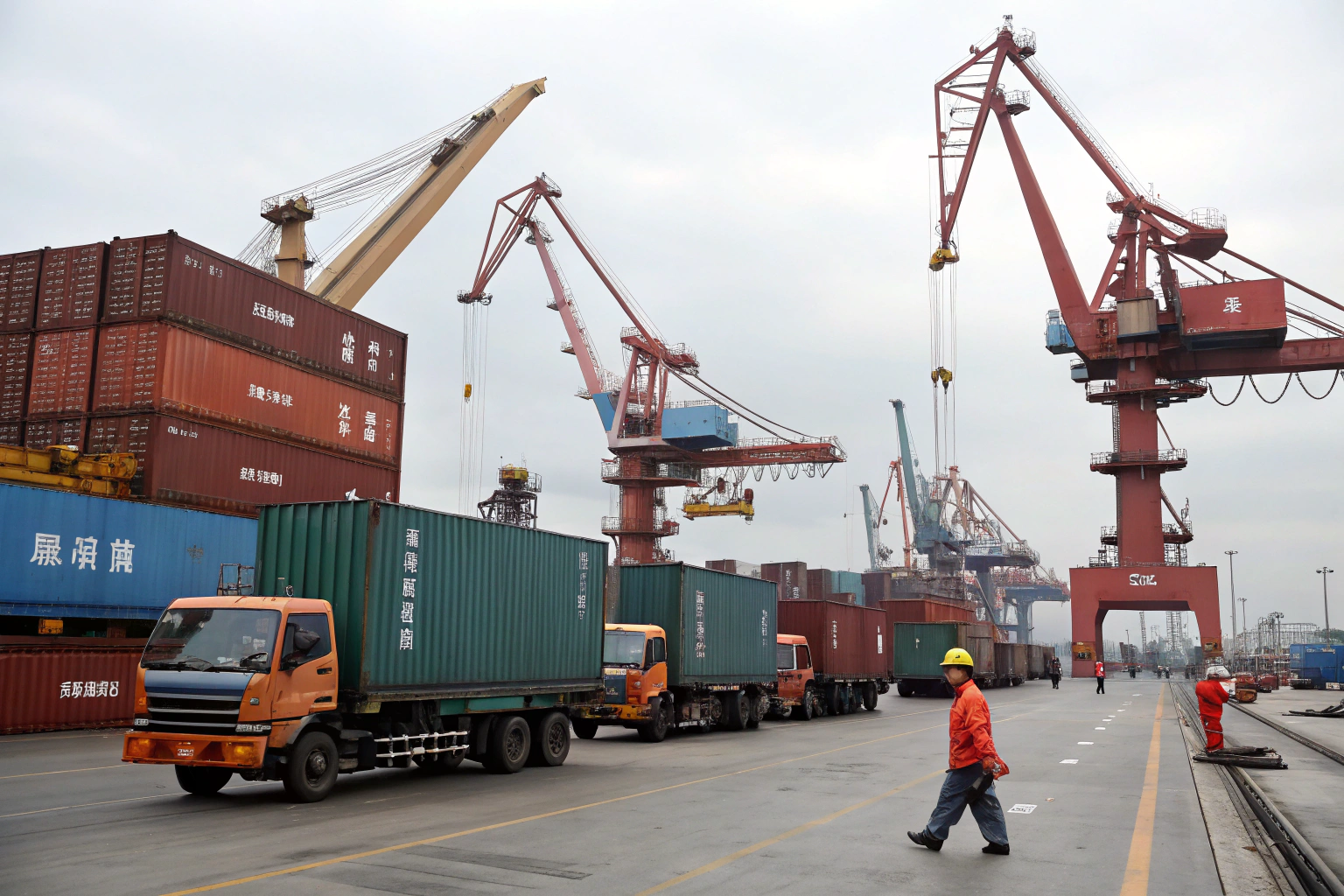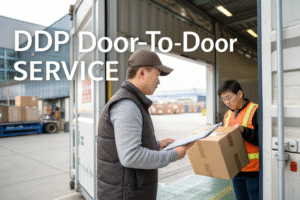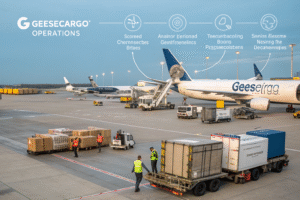When your business depends on importing or exporting products from China, freight costs can make or break your margins. High logistics fees, surprise surcharges, and unclear pricing often drive buyers to frustration. I’ve seen clients delay entire product lines simply because they couldn’t lock in rates they could trust.
Freight forwarders provide competitive pricing by leveraging carrier relationships, optimizing cargo consolidation, managing shipping schedules, and offering transparent cost structures tailored to each trade lane.
But not all forwarders are the same. Let me walk you through how we, at GeeseCargo, help companies like Ron’s gain better pricing power through smarter freight strategies.
How Do Carrier Relationships Influence Pricing?
Strong partnerships are the lifeblood of better rates. The more cargo a forwarder controls, the more leverage they have with carriers.
We maintain long-standing relationships with leading ocean and air carriers, especially on the Asia–US and Asia–Europe routes. These relationships allow us to access contract rates that most small shippers cannot get directly.
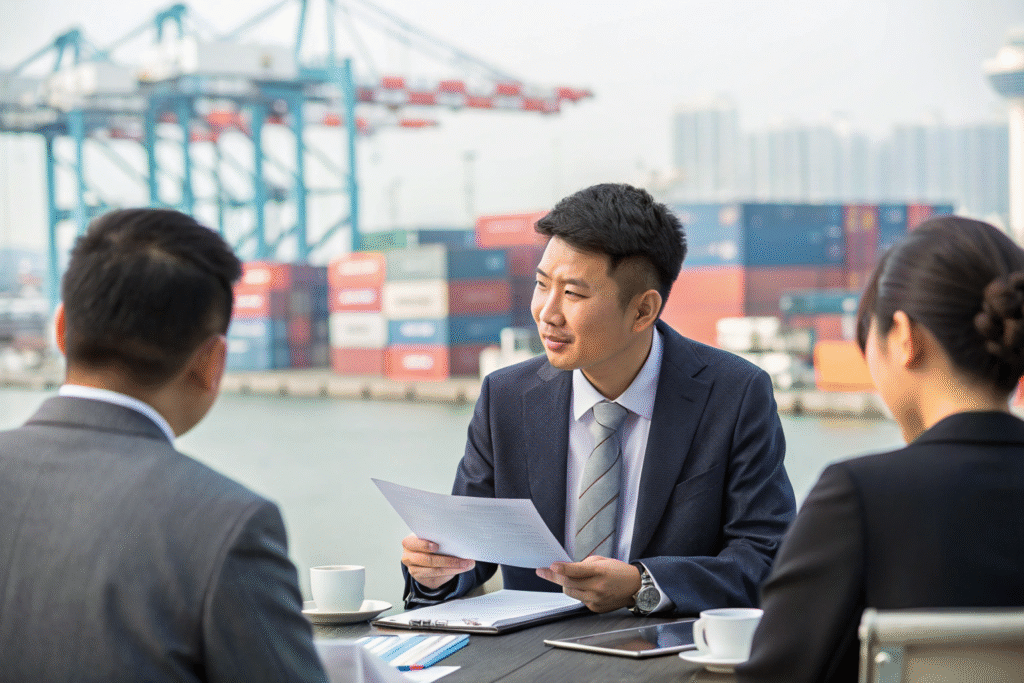
Why Are Contracted Rates Usually Cheaper?
Freight forwarders who consistently book large volume get access to fixed contract rates, which are lower than spot market rates.
This is especially important during peak seasons when demand surges. For example, during Golden Week or Christmas prep, spot prices can spike 2-3x. But through our agreements with shipping lines like CMA CGM and COSCO Shipping, we can hold steady pricing for our clients.
Can Forwarders Influence Space Availability?
Yes. When we reserve space in advance, carriers give priority loading to forwarders with consistent volumes.
This means even when ports like Ningbo or Yantian are congested, we can still move your goods without delays. Our preferred status with airlines like China Southern Cargo also helps secure space during tight windows.
What Role Does Cargo Consolidation Play?
Consolidation is one of the smartest ways to cut shipping costs, especially for small and medium-sized buyers like Ron.
Instead of paying for a half-empty container, we combine cargo from multiple clients into a full container load (FCL) or shared LCL shipment.
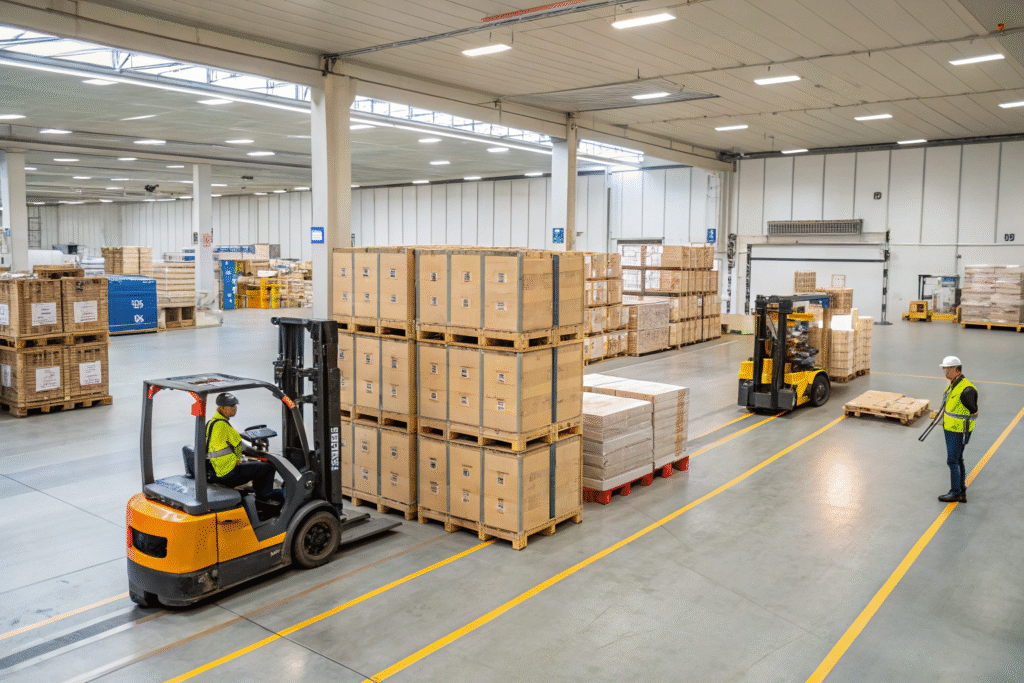
How Does LCL Shipping Save You Money?
In Less than Container Load (LCL), you share space and cost with other shippers. You only pay for the cubic meters you use.
For example, shipping 4 CBM from Shanghai to LA might cost $500–600 under LCL, compared to $2,500 for an unused FCL. Platforms like Freightos offer rate calculators, but experienced forwarders can optimize better by grouping by destination and timeline.
Can Consolidation Improve Customs Clearance?
Yes. Consolidated cargo often moves through centralized customs hubs, where we’ve established efficient routines.
We pre-declare contents, simplify documentation, and reduce clearance time. Tools like Flexport’s Customs API are helpful, but hands-on experience and local contacts at ports like Long Beach or Rotterdam make the biggest difference.
How Important Is Transit Time Optimization?
Competitive pricing is not just about low cost—it’s about best value for the speed.
If you miss market timing or face warehouse backlogs, your landed cost increases. That’s why we help clients optimize shipping schedules, not just chase the cheapest rate.
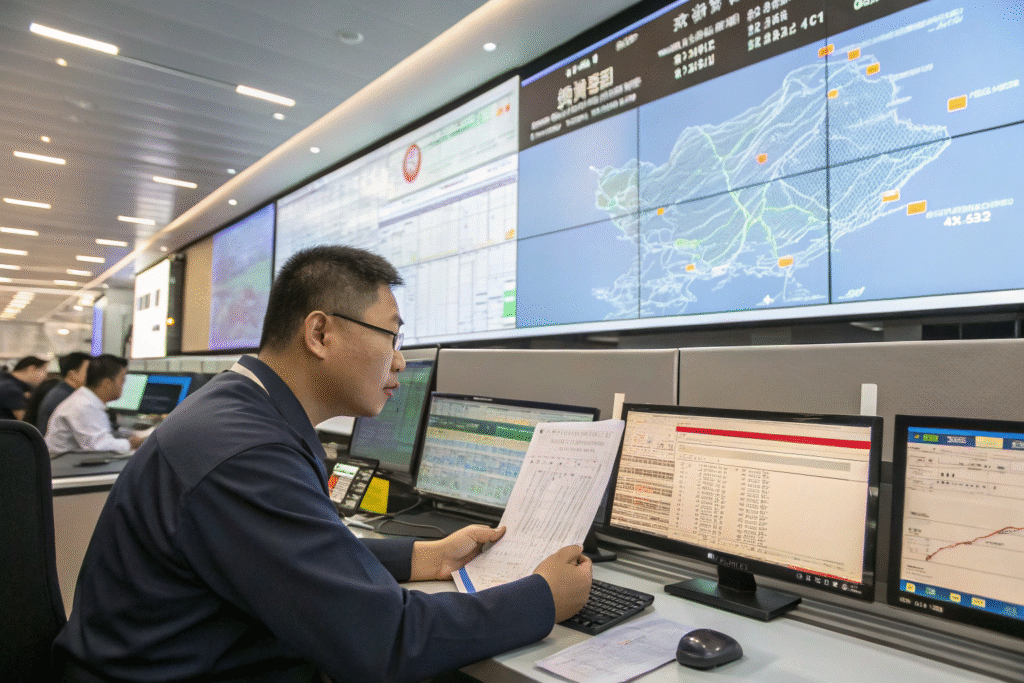
Should You Always Choose the Cheapest Route?
Not always. A slower, cheaper route may cost you more in storage fees or missed sales.
We often suggest multi-modal routes, like rail–sea or air–truck, depending on deadlines. For example, using China–Europe Rail via Yiwu–Madrid line can cut costs and time compared to air.
How Do Forwarders Track and Adjust Transit Schedules?
We use live ETA tracking, booking portals, and carrier dashboards. This includes systems like Maersk Flow, which give our team insights into routing bottlenecks or weather delays.
We alert clients if their ETA shifts, and help rebook on faster lanes or reroute via alternate ports like Qingdao instead of Shanghai if delays occur.
Why Is Transparent Pricing a Competitive Advantage?
Clients like Ron don’t just want cheap—they want clarity and reliability. Many freight forwarders hide charges in small print or add surprise fees later.
At GeeseCargo, we provide itemized quotes before shipment. This builds trust and helps clients plan better.
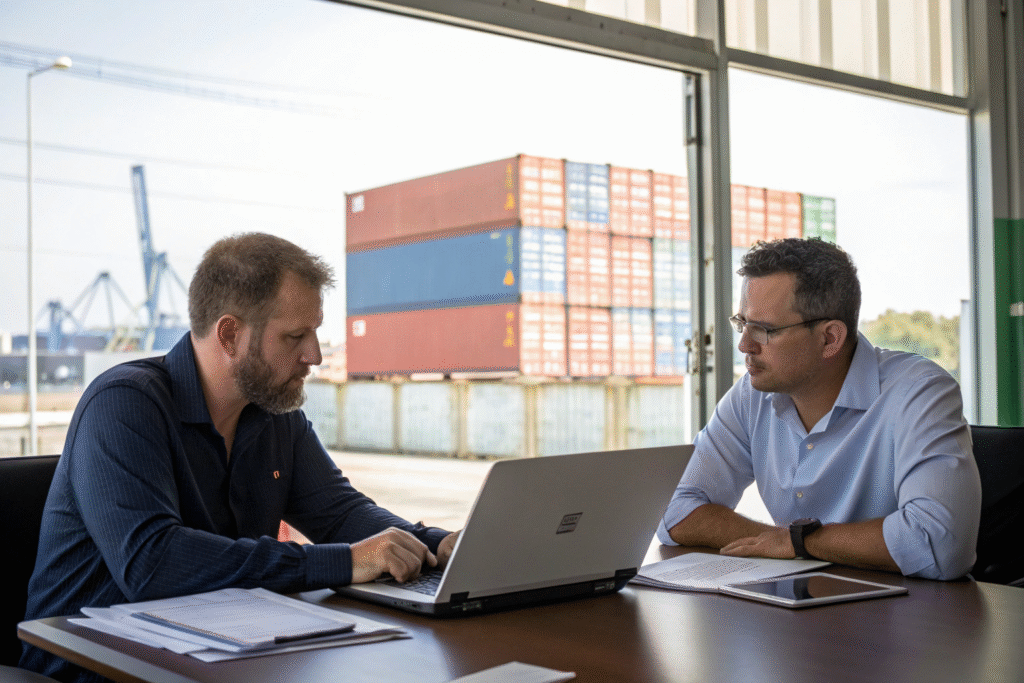
What Should Be Included in a Transparent Freight Quote?
A well-structured quote includes:
| Charge Type | Description |
|---|---|
| Origin Charges | Pickup, warehouse handling, docs |
| Ocean/Air Freight | Main transit cost |
| Destination Charges | Port fees, unloading, handling |
| Customs & Duties | If DDP service is selected |
| Optional Fees | Insurance, storage, urgent fees |
You can check guides like DHL’s quote breakdown for examples.
How Can I Avoid Hidden Fees in Freight?
Ask for "all-in DDP quotes". We often bundle pickup to delivery into one rate, including customs and final mile.
Using platforms like Shippo or our in-house rate calculator, clients can compare scenarios, make faster decisions, and avoid being blindsided by unexpected charges.
Conclusion
Freight forwarders who provide competitive pricing aren’t just quoting lower numbers—they’re solving for value. At GeeseCargo, we use a combination of carrier leverage, cargo optimization, timing control, and clear communication to reduce your total cost per shipment.
If you're shipping goods from China to the U.S., especially as a buyer sourcing from multiple factories, we’re here to make sure every dollar spent on logistics works harder for you. That’s what real freight strategy looks like.
